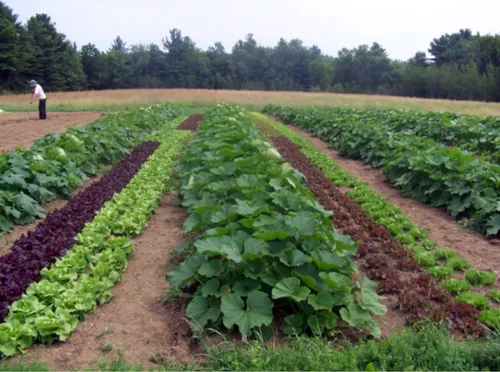Fertilization is an agricultural technique by itself and belongs in all cases to soil or edaphic science, since crops have in general the same needs of minerals and on the other hand the characteristics of soils.



▶ Fundamentally those characteristics that interact with its fertility are very variable from one type of soil to another, so that it is the soil and not the crop that regulates the type of fertilization to be applied.

▶ Credits: Farmmanagement. – [Image of Public Domain]
≕ I invite you to stay tuned and read my next contribution ≔
Fertilizers are the nutritive elements that are supplied to plants to supplement the nutritional needs of the crop in situations where the soil cannot provide them in their totality for their growth and development, they are used by the plant to form new tissues, they help in the growth processes.
As for organic fertilization, according to the definition proposed by the Codex Alimentarius Commission of the Joint FAO/WHO Food Standards Program, organic fertilization is a comprehensive production management system that promotes and enhances agro-ecosystem health, biological diversity, biological cycles and soil biological activity.
This is achieved by harmoniously applying agronomic, biological and mechanical methods, as opposed to the use of synthetic materials, to perform any specific function within the system.

The International Federation of Organic Agriculture Movements (IFOAM) points out that agriculture considerably reduces the need for external inputs by not using chemical fertilizers, pesticides or other synthetic products, instead allowing the powerful laws of nature to increase both yields and crop resistance.
NOTE: Reference material.